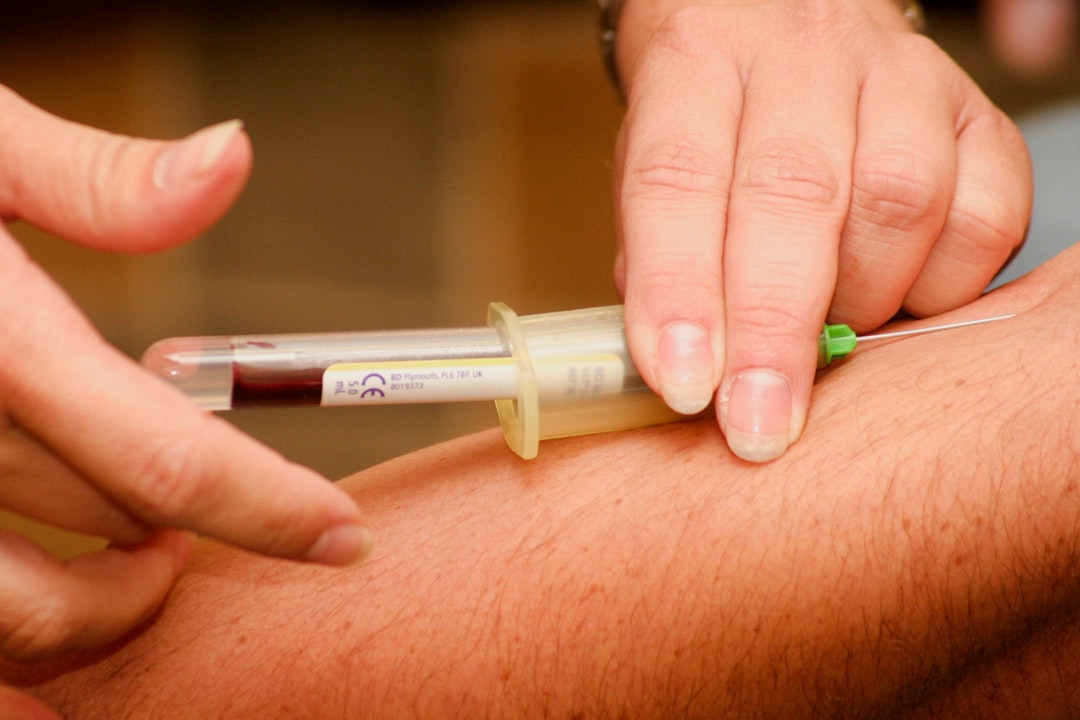What is it about?
Intermittent claudication is the tightening pain in the calf experienced by people on walking or exercising due to lack of blood supply due to narrowing of arteries in the legs. In this paper we have compared and shown that supervised exercise programmes are as effective as angioplasty (using balloon to squeeze open the narrowing from inside the artery) and combining the two treatments (angioplasty followed by supervised exercise) in the long run.
Featured Image
Why is it important?
The findings of this study confirm the effectiveness of exercise programmes that are a much cheaper alternative to angioplasty. The study also shows that combining exercise programmes with angioplasty results in a more sustained improvement with a reduction in need for further treatment interventions in future.
Perspectives
This is one of the landmark studies that provides long term results comparing supervised exercise, angioplasty and combination treatment. I hope that this study will provide strong scientific basis for future studies to build up upon the research, and in generating new treatments for these patients.
Mr Fayyaz A. K. Mazari
King Faisal Specialist Hospital and Research Center
Read the Original
This page is a summary of: Long-term outcomes of a randomized clinical trial of supervised exercise, percutaneous transluminal angioplasty or combined treatment for patients with intermittent claudication due to femoropopliteal disease, British Journal of Surgery, October 2016, Wiley,
DOI: 10.1002/bjs.10324.
You can read the full text:
Contributors
The following have contributed to this page










